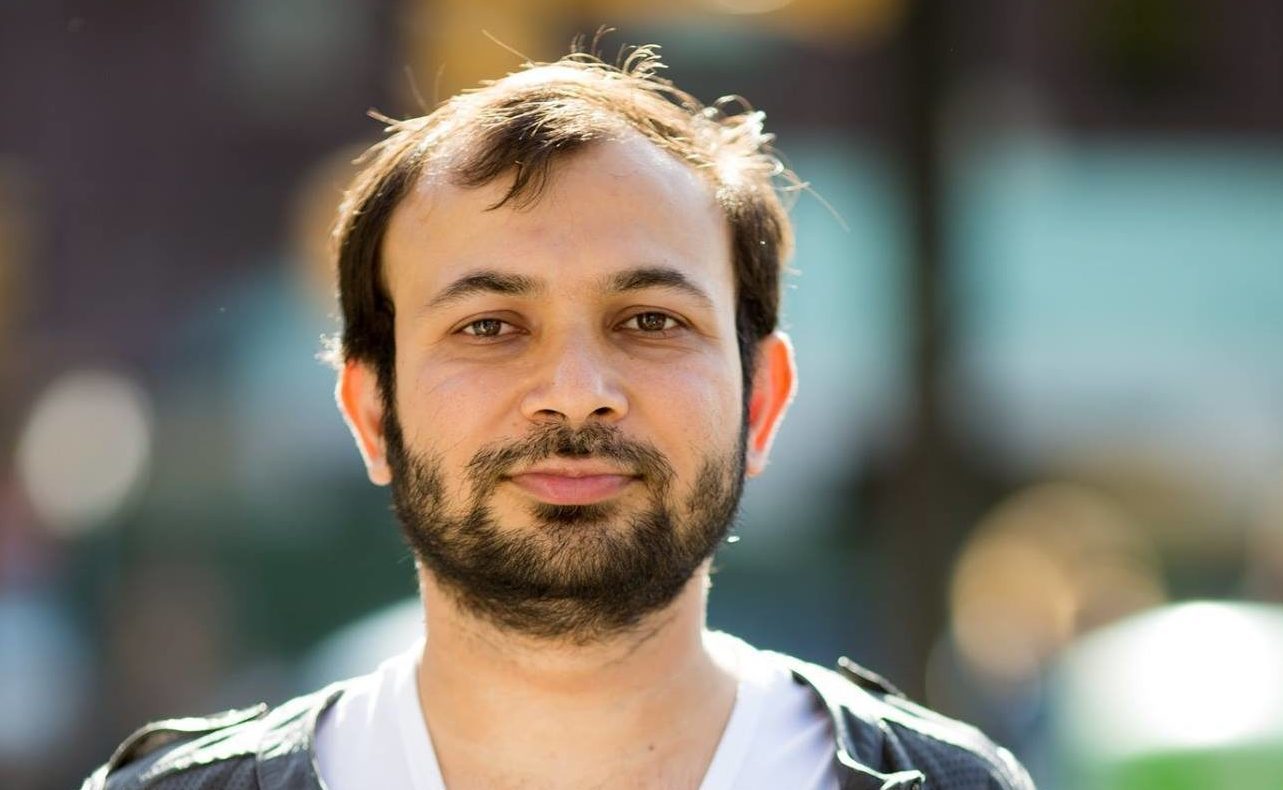The World’s Best LTV is Useless without Cash

Shamanth Rao is CEO of the mobile user acquisition firm RocketshipHQ, which helps mobile apps grow in a capital-efficient manner. In this guest post, Shamanth shares insights about cash flow from his experience growing a top mobile app game.
It was the perfect take-over-the-world plan.
We’d significantly improved our retention. We’d massively improved our monetization. Our long-term LTV – or at least our estimate of what it could be based on our upstream data – appeared unquestionably strong. We’d grown from spending almost zero to mid six-figures monthly on user acquisition in just a few months. We were a small indie studio (PuzzleSocial) with five full-time staff members making a single game (Daily Celebrity Crossword) – and being able to spend mid six-figures a month was something I was very proud of.
I had a plan for exactly how we would grow even bigger. There were geos we could expand into. There were new channels we could buy off. There were the incremental organics we could acquire – and new features and content that we could build.
Best of all, we had the long-term LTV to support it. My models clearly showed a massive upward trajectory – even with conservative estimates and after I’d factored in diminishing returns on both CPIs and LTVs as we scaled.
What could go wrong?
Quite simply, as I found out minutes after presenting my plan to scale dramatically, going from mid six-figures to high six-figures requires cash. And cash we had not – at least not as much as we’d have liked.
That’s when it hit me: strong LTV can be great, but it doesn’t mean everything. Long-term LTV does not represent cash in the bank – and cash is the lifeblood of your company’s operations.
These were the three learnings that hit home as we negotiated the next steps in our strategy:
1. For many of the best products – and actually, because they’re the best products – monetization happens as a result of users sticking around long-term.
We had intentionally built very strong retention into the product, putting user experience first instead of hitting users with an unskippable paywall early on in their life cycle. Users loved that we weren’t monetizing them aggressively right out of the gate – and rewarded us with strong long-term LTVs.
This isn’t unusual – I’ve seen products where a significant proportion of monetization happens after year 1. (This is qualitatively true for subscription apps as well, even if the exact mechanics can be different from free-to-play games.)
However, the fact that we’d sacrificed early monetization for long-term retention meant that we wouldn’t make significant money off of these users until relatively late in their lifecycles.
2. Many monetization features kick in only after users stay in the app for a significant time.
We had a feature and content roadmap that we considered game-changing. However, users who eventually accessed many of these features had to have spent a long time in the game, working their way up and gradually becoming deeply engaged, typically at 60+ days in.
This behavior is common for games and apps with significant progression mechanics, or a viral/social component. These can typically require a critical mass of progression or engagement before revenues truly explode. For instance, users need to be at a certain level to be able to unlock massive purchases of premium IAP products, join guilds, and/or simply become comfortable inviting their friends. Much of this monetization in our case happened beyond day 60 – not up front right after they installed.
3. Cash outflow happens in the short-term.
This may seem obvious, but at the time, this was the primary fact that jolted me out of my “perfect storm” spreadsheet models.
I realized that while we had a strong revenue plan from our long-term retention and monetization, we wouldn’t be able to pay next month’s bills if we went from mid six-figures to high six-figures in spend without a plan to close the short term revenue-to-spend gap. And unfortunately, neither Facebook nor our landlord would be willing to wait to get paid over the long-term in the way that we were getting paid from our users.
***
This story does have a happy ending, but it wasn’t painless.
After a tedious process that included extensive diligence, we were able to raise a debt round – but the process itself took our focus away from product and growth. Unfortunately, a solution like Braavo hadn’t yet hit the market.
Ultimately, non-dilutive funding gave us the cushion we needed to continue to grow on our trajectory. We were able to continue scaling our spending, growing to about $1.5 million per month in UA spend before we were acquired.
—
For more tips, pointers and strategies about user acquisition from Shamanth, visit RocketshipHQ’s blog here.



